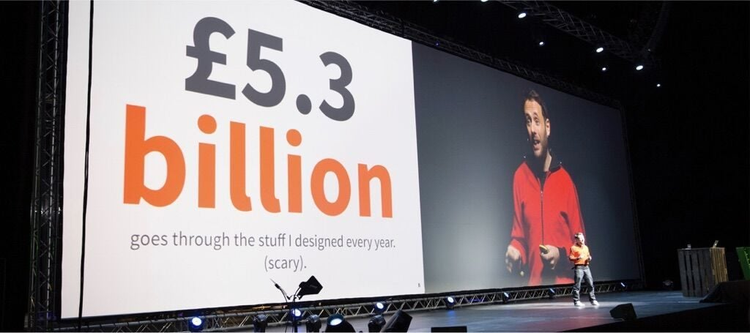With all this talk of psychology in UX design, is there such a thing as a design psychologist?
If you look up “design psychology” you will find that this field typically combines the disciplines of psychology, interior design and architecture to build physical and intentional spaces with meaning. It combines environmental psychology and environmental design, but it is not the same kind of design psychology we’re examining today.
The design psychology we’re exploring takes on the role of a UX design psychologist. It’s a combination of neuroscience, cognitive psychology, social psychology and human computer interaction that approaches user experience design through the lens of human behavior. Though it can perhaps be argued this is in essence the same as the above only in a more digital space, the emergence of UX design psychology is more novel and not yet established as a practice.
Leech doesn’t consider design psychology in the context of UX to be a true discipline, but rather a tool one can use to create more effective and meaningful designs.
“A designer who doesn’t understand human psychologies is going to be no more successful than an architect who doesn’t understand physics,” Leech said. It’s a quote he’s said before, but one that exemplifies his approach to this practice.
“If you don’t understand physics and you go to build a building, the building is just going to fall down,” he continues. “In the same way, as a designer you need to understand how humans think and work or your designs are going to fall down. It’s not something that is inherently separate from design; it’s just that all designers should have some basic psychology to be able to design for human beings. If you’re interested in designing for human beings, you need to understand how human beings work.”
It is not enough to merely be a human being yourself. Humans are complex individuals that bring their own experiences to every interaction they have in the physical and digital worlds. With these experiences come expectations as to how things should work, and often it is meeting these encoded expectations that determine whether a user experience is positive or not.
When you break UX down like this, Leech says problem solving is actually quite simple.
“A lot of what psychology is,” he said, “is understanding how people build mental models of the world around them to understand and make sense of existing situations and then [how they] make use of those mental models to apply them to new and novel situations.”
The human brain is inherently lazy he said in the sense that it prefers to process information in ways it has before. This uses less energy in our brains and prevents us from becoming overwhelmed.
Leech spends a lot of time consulting with organizations on what a user’s expectations are of how an interface or product should work, and then developing ways to match and meet those expectations online. He says if you focus on matching expectations and thoughts of how people expect something to work you can design more successfully than when you’re trying to be innovative by introducing unfamiliar approaches to familiar processes.
The Third Wave of the Web
Leech identifies this approach to design as being part of the third wave of the web. It is generally agreed upon across the web that the first wave of website design concentrated on getting on the internet, the second wave was about doing it well by applying logic to usability, but the third wave has some variances.
In Leech’s third wave, it’s about the idea of continuous improvement. “We’re looking for small measurable improvements all the time, and a lot of the work I find myself doing is using psychology to make small, incremental improvements to already pretty solid, reliable products.”
It’s in essence a more reformed approach to the web, one that draws on data and research from computer sciences and human behavior.
Where to Learn More About UX Design Psychology
The good news for UX designers is a lot of this research into human behavior and design has already been done. The problem is much of it hasn’t been made widely available.
Leech says psychologists will conduct these research studies, but rarely “go to that next step to say, okay how can you apply that to design in real life? That’s the missing link. That’s the bit I’m trying to do is here’s the theory, here’s the theory, here’s the design process, how do we put those two together?”
One of Leech’s favorite tools for accessing existing research is through Google Scholar, though he also maintains an ongoing list of additional resources on his website. He recommends using this existing data to obtain a critical perspective as to why you might want to try designing something one way over another.
Using research into human behavior to fuel your designs will help make your designs more effective because they will feel more authentic from a user perspective.
“Your designs are going to feel a bit more human in the way they operate,” he said. “They’re going to seem a bit more natural to users and it’s going to feel like it’s a product that fits really well into their lives.”
Just like your users expected.


